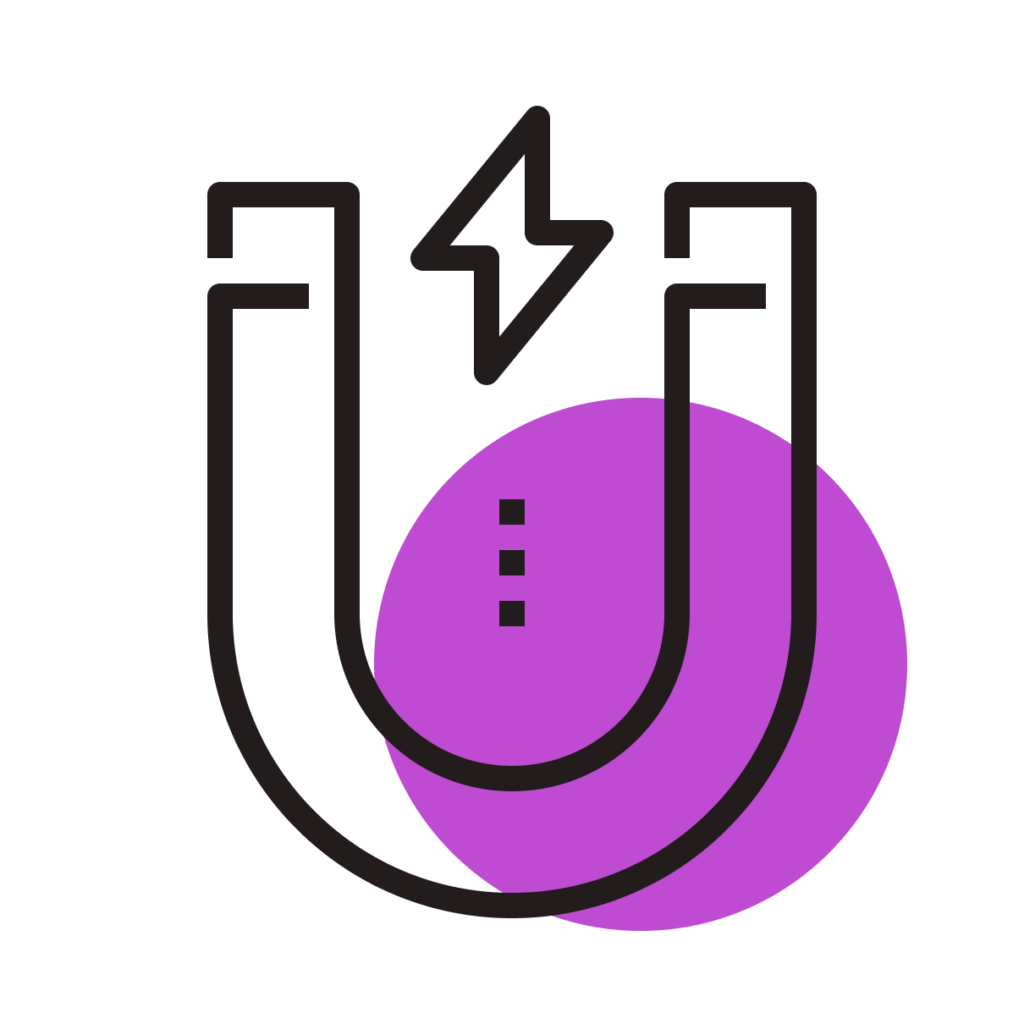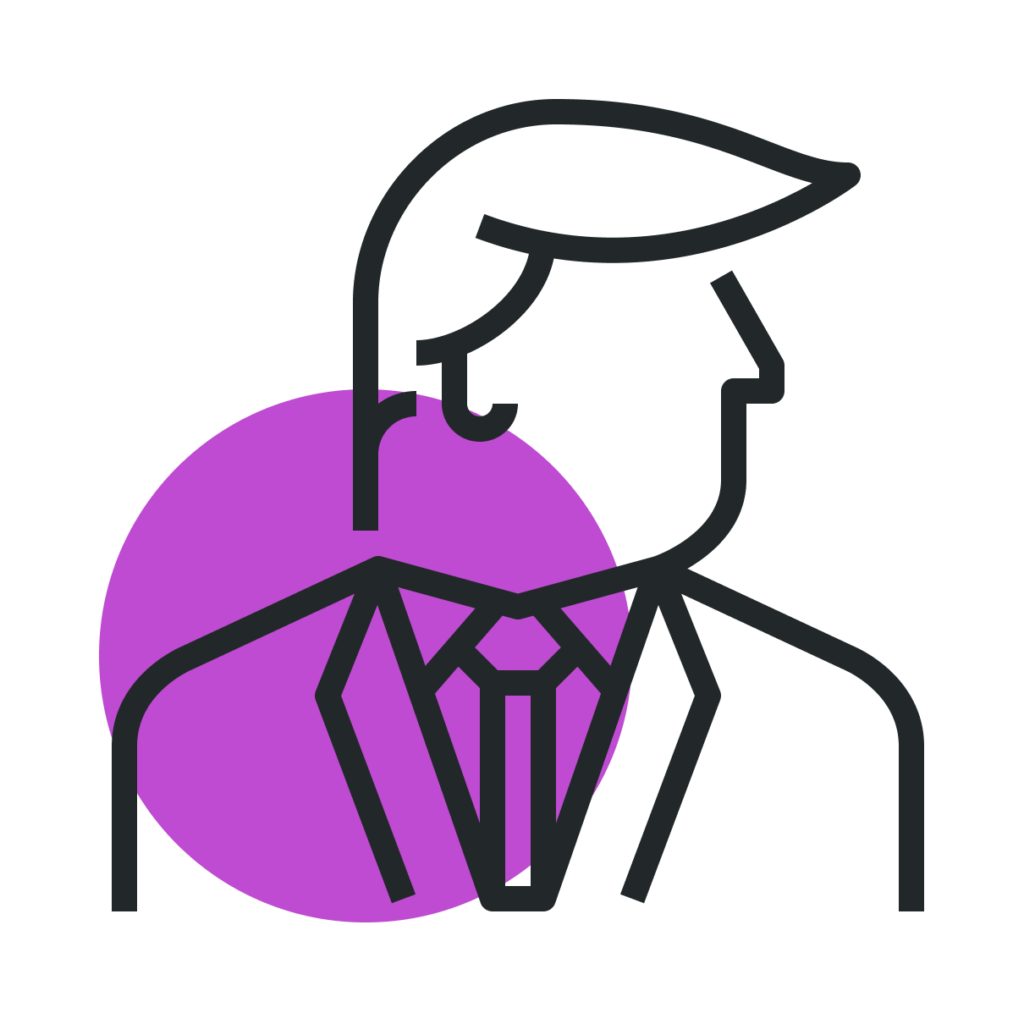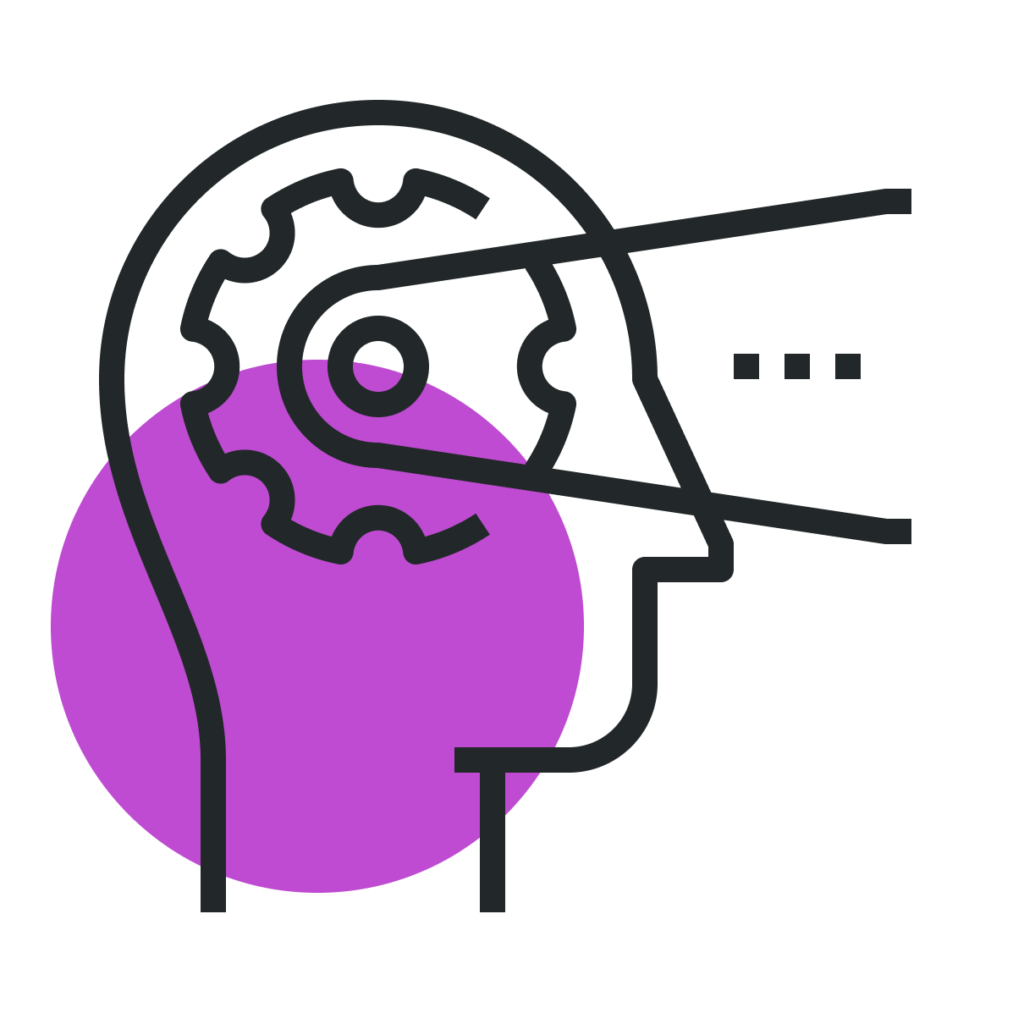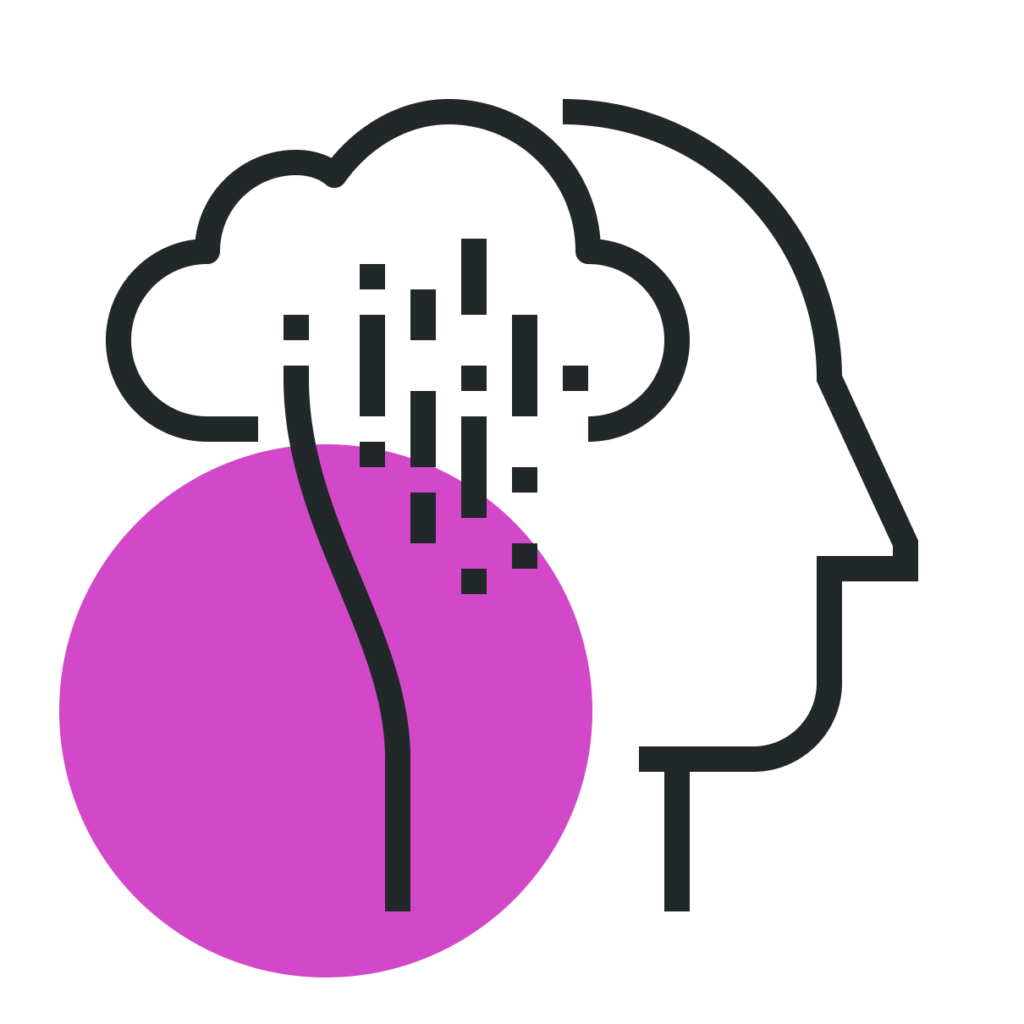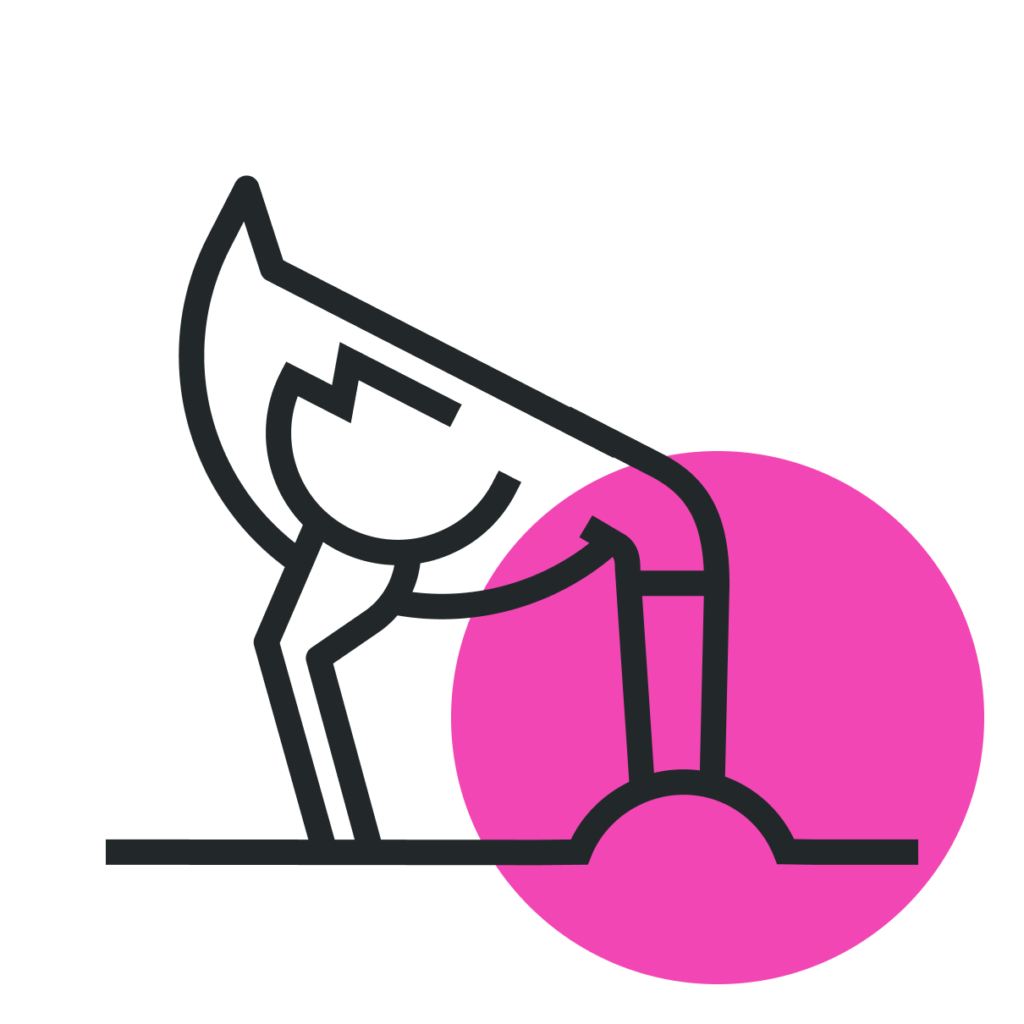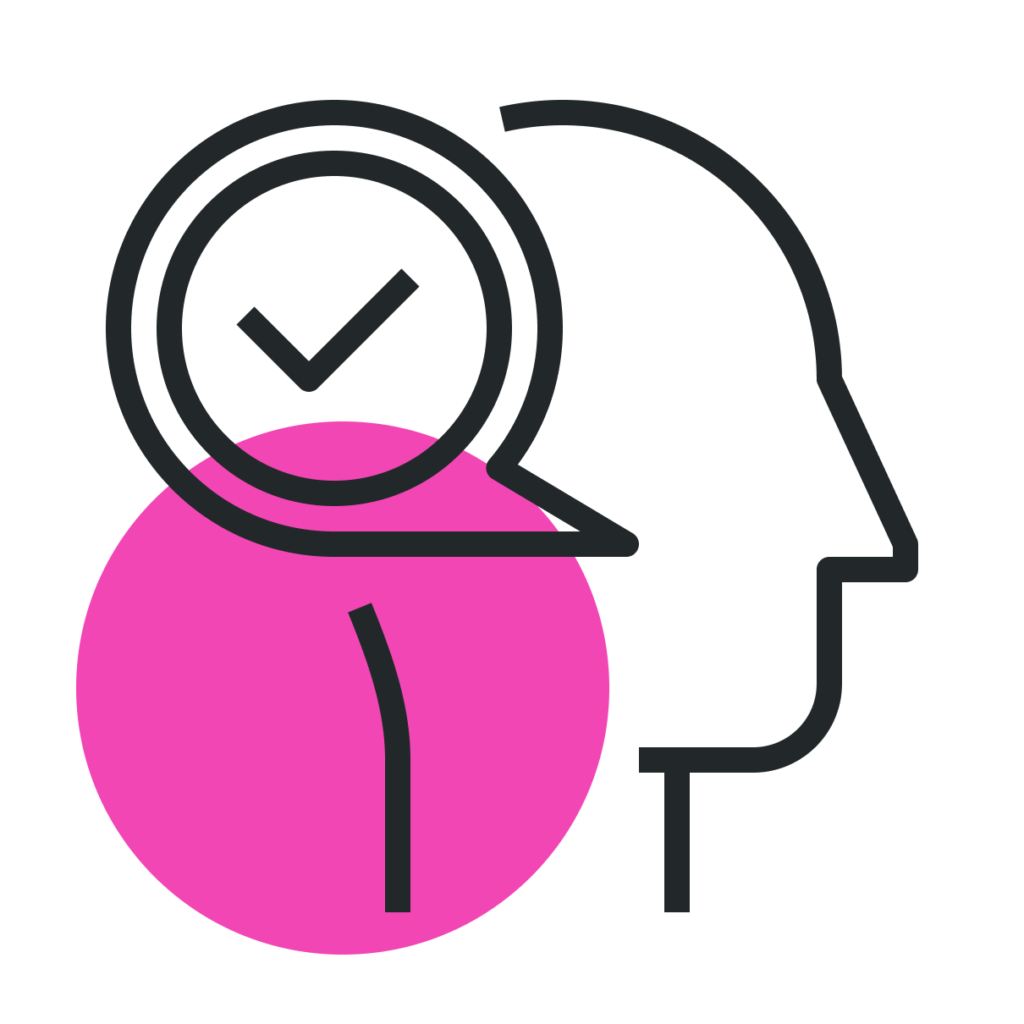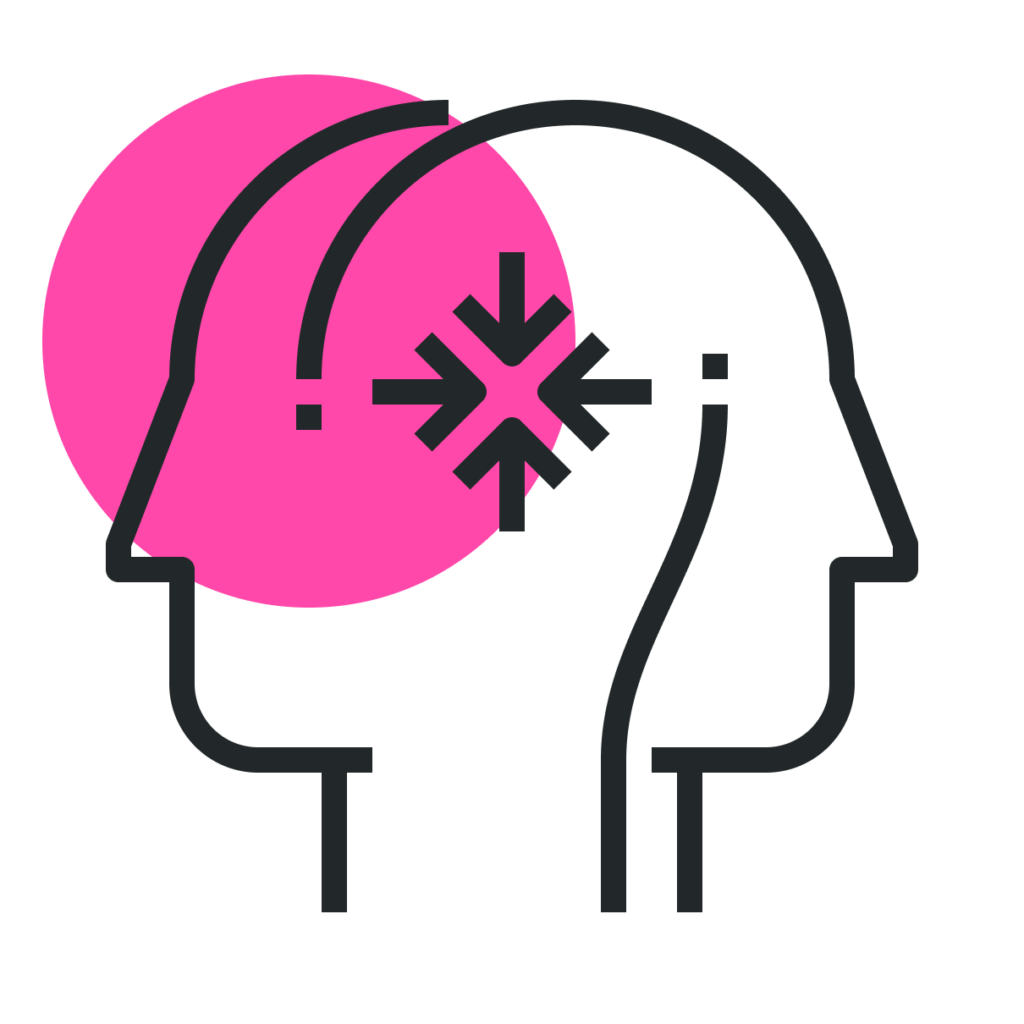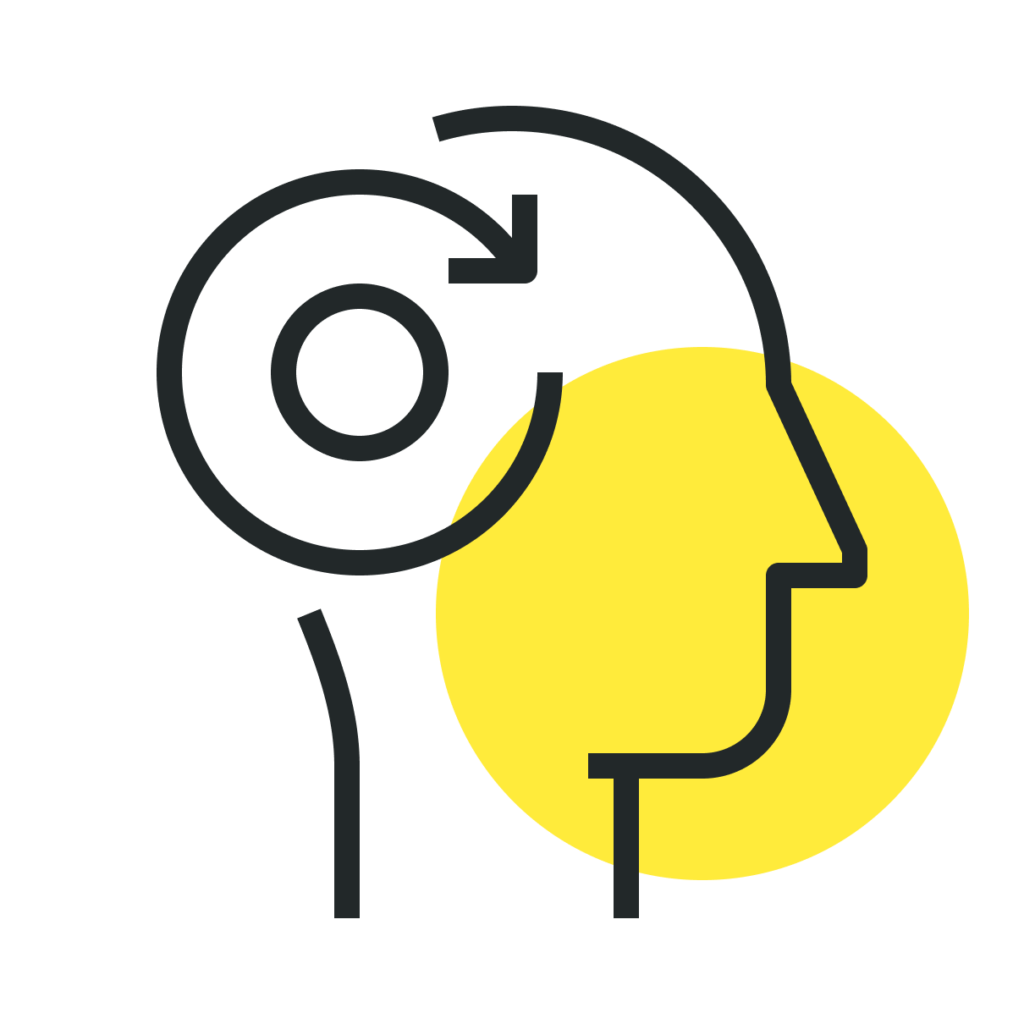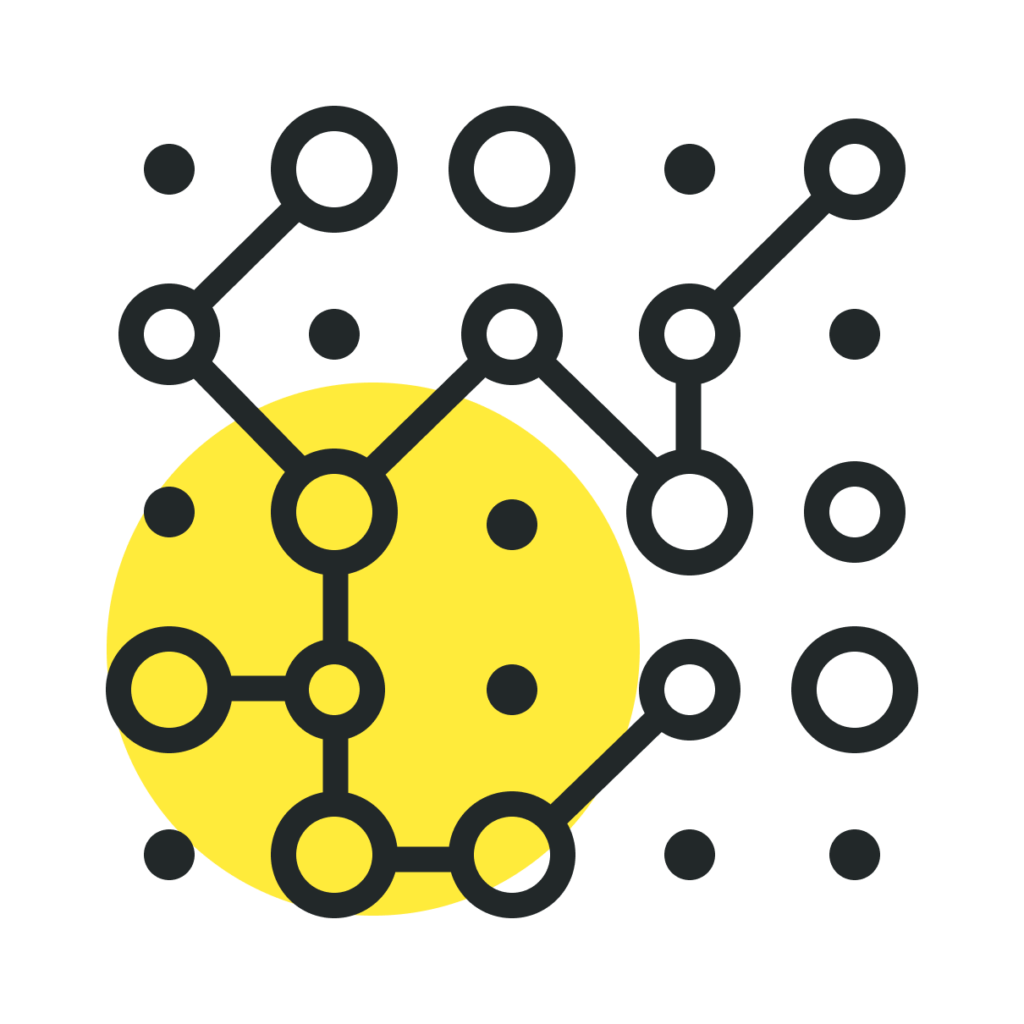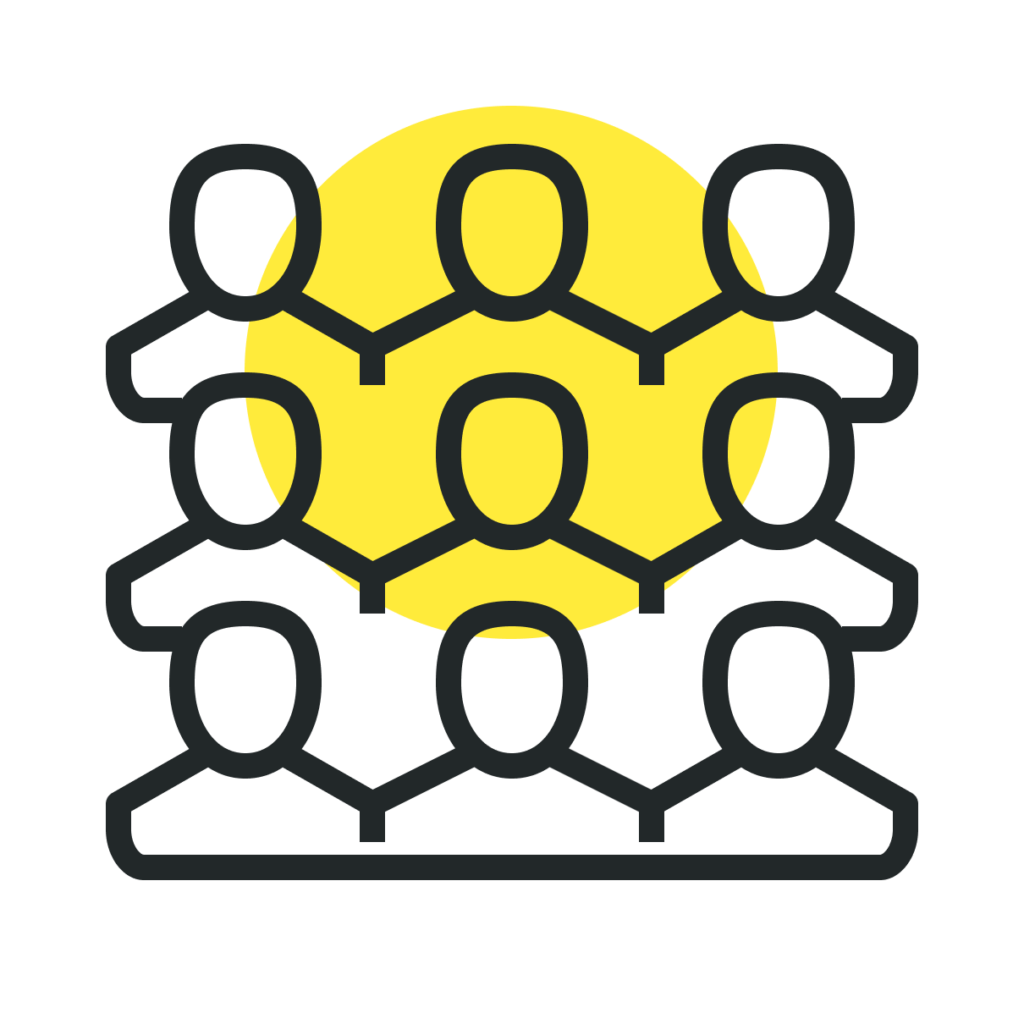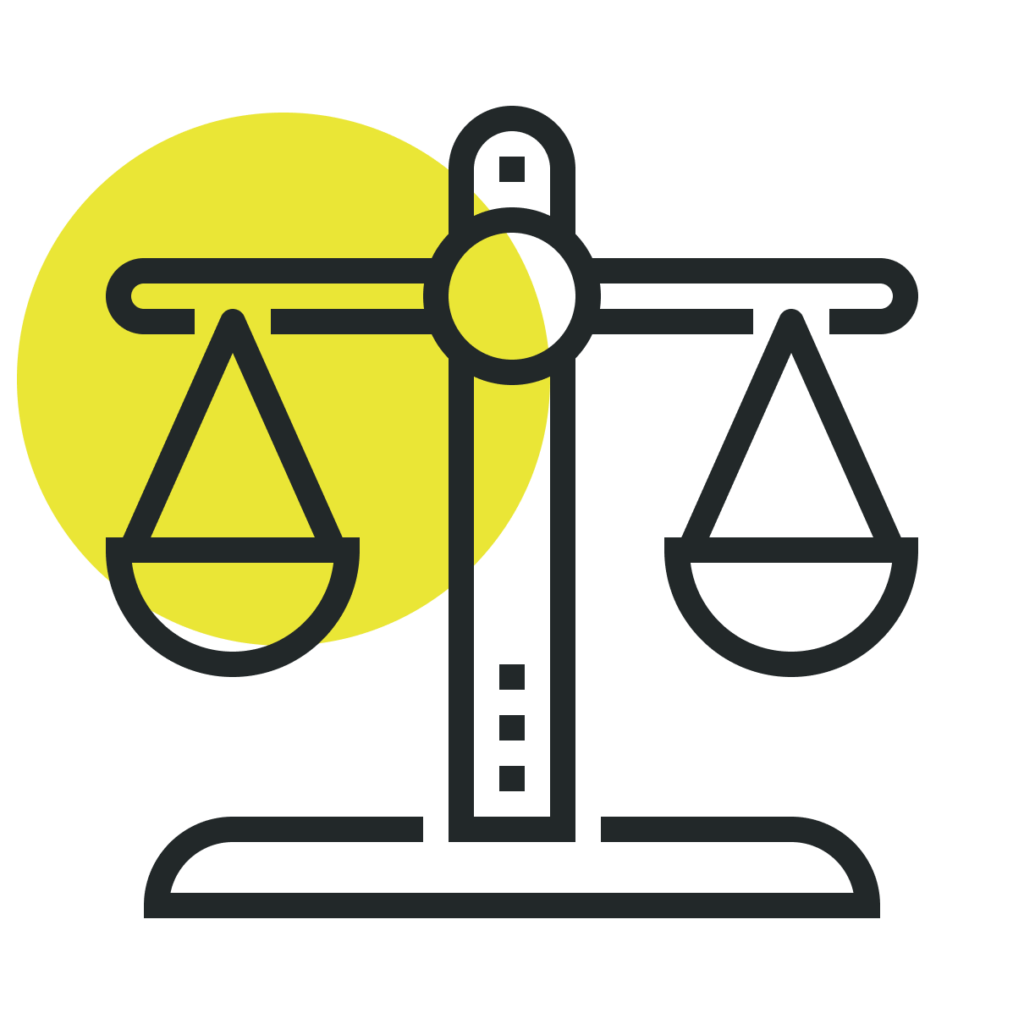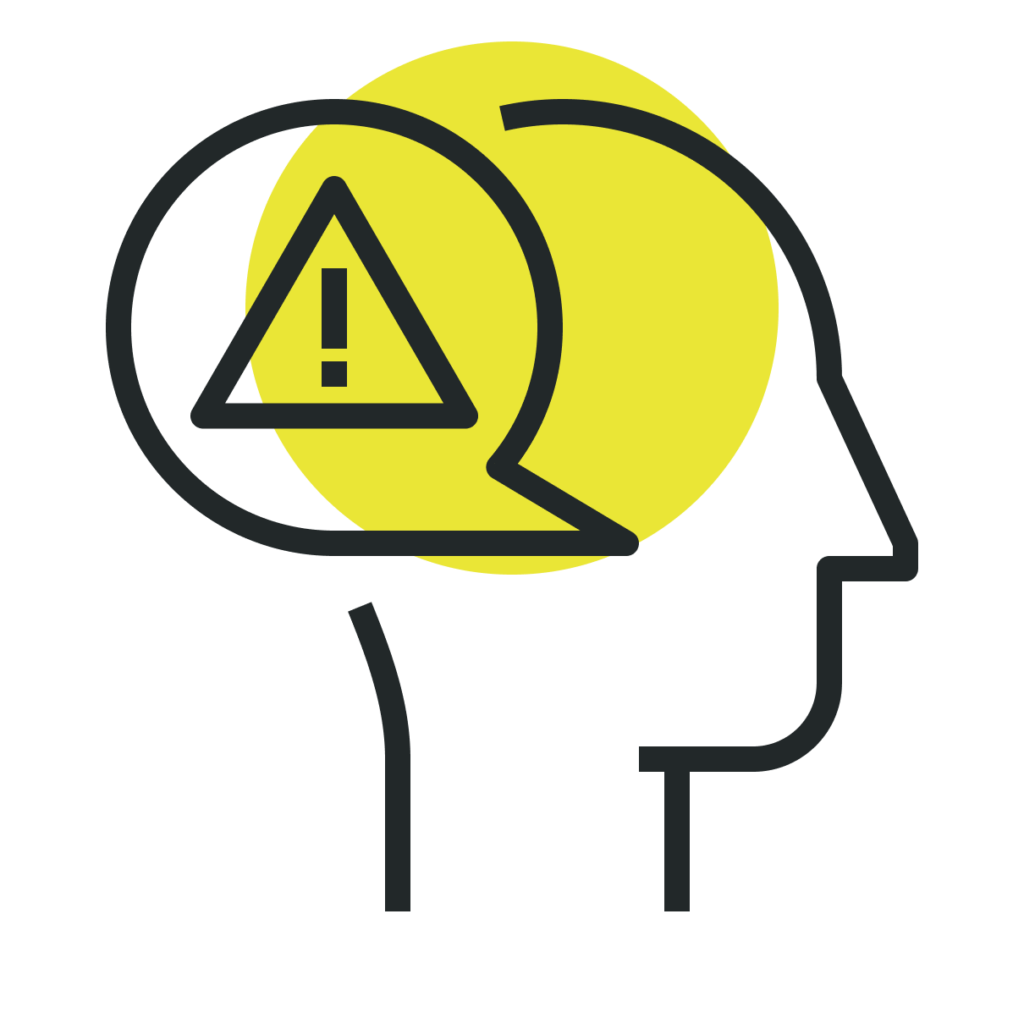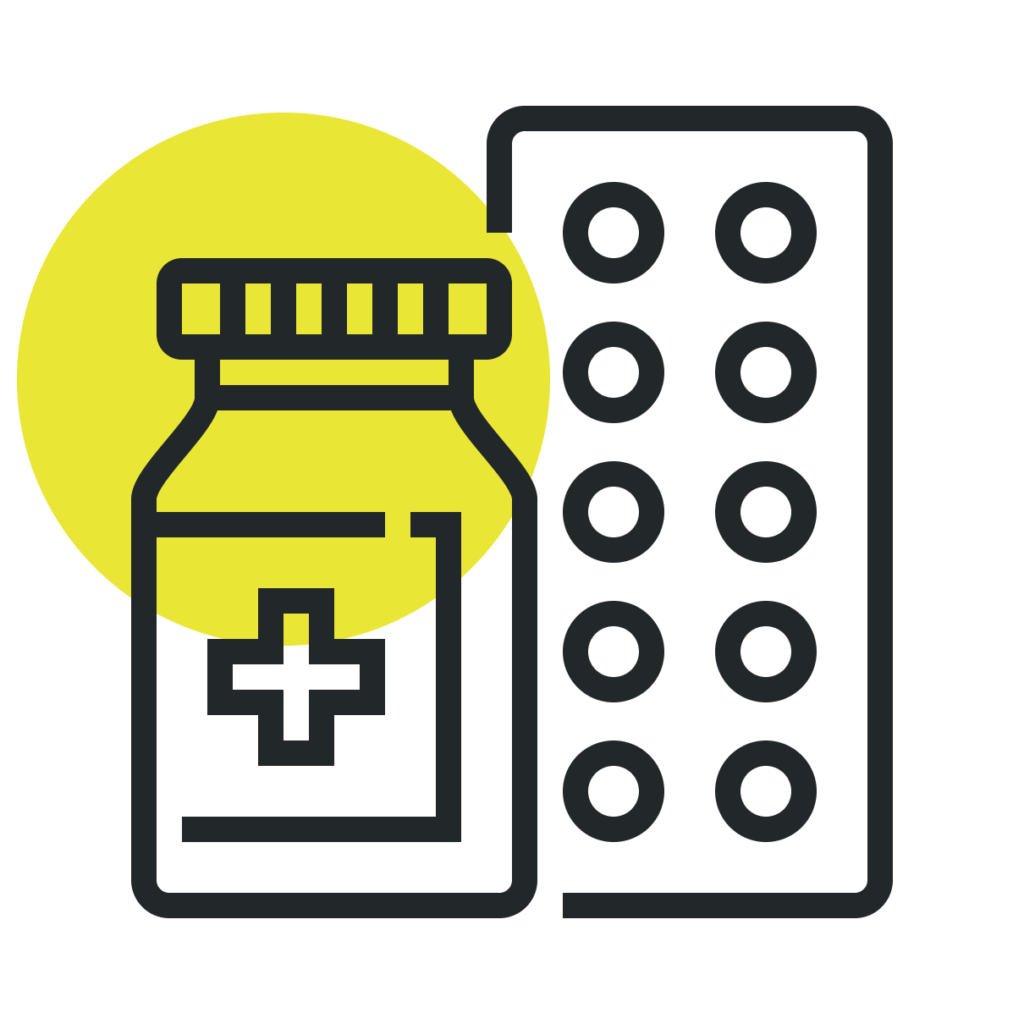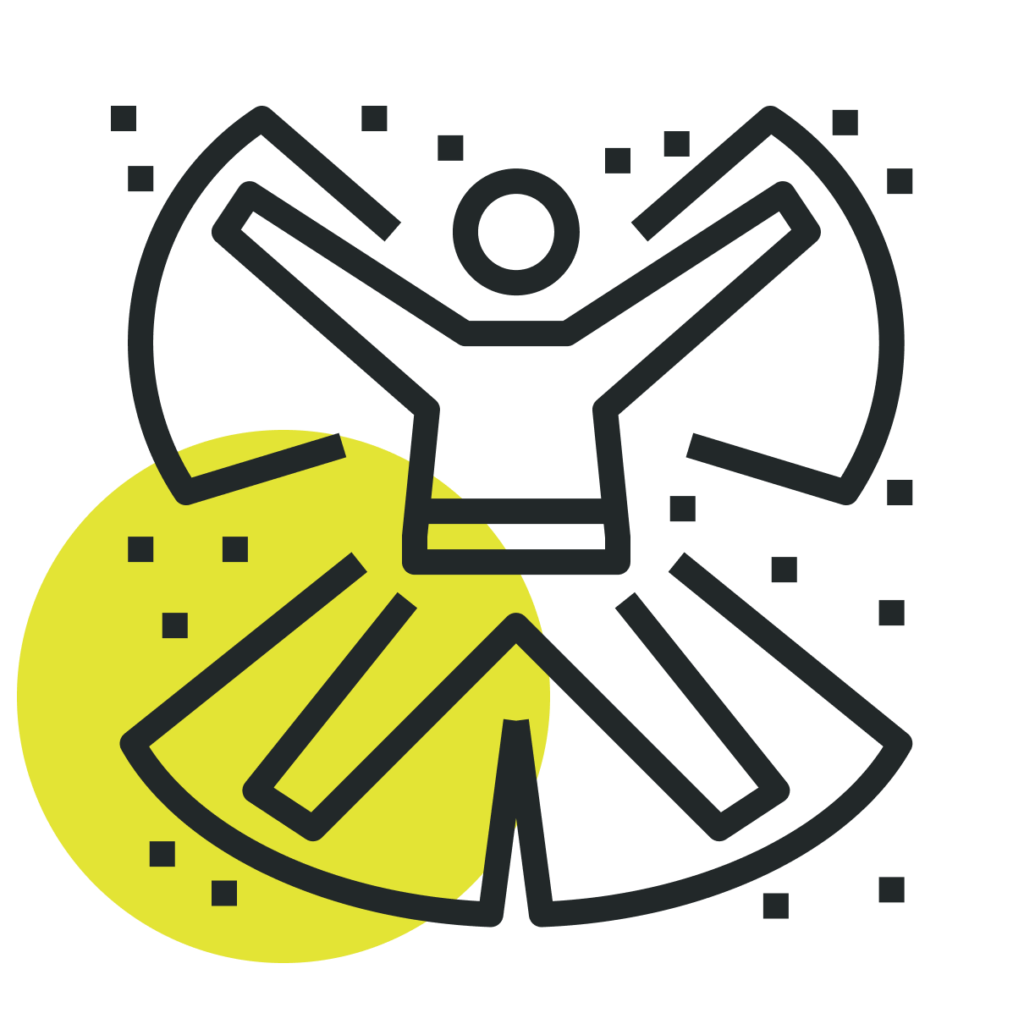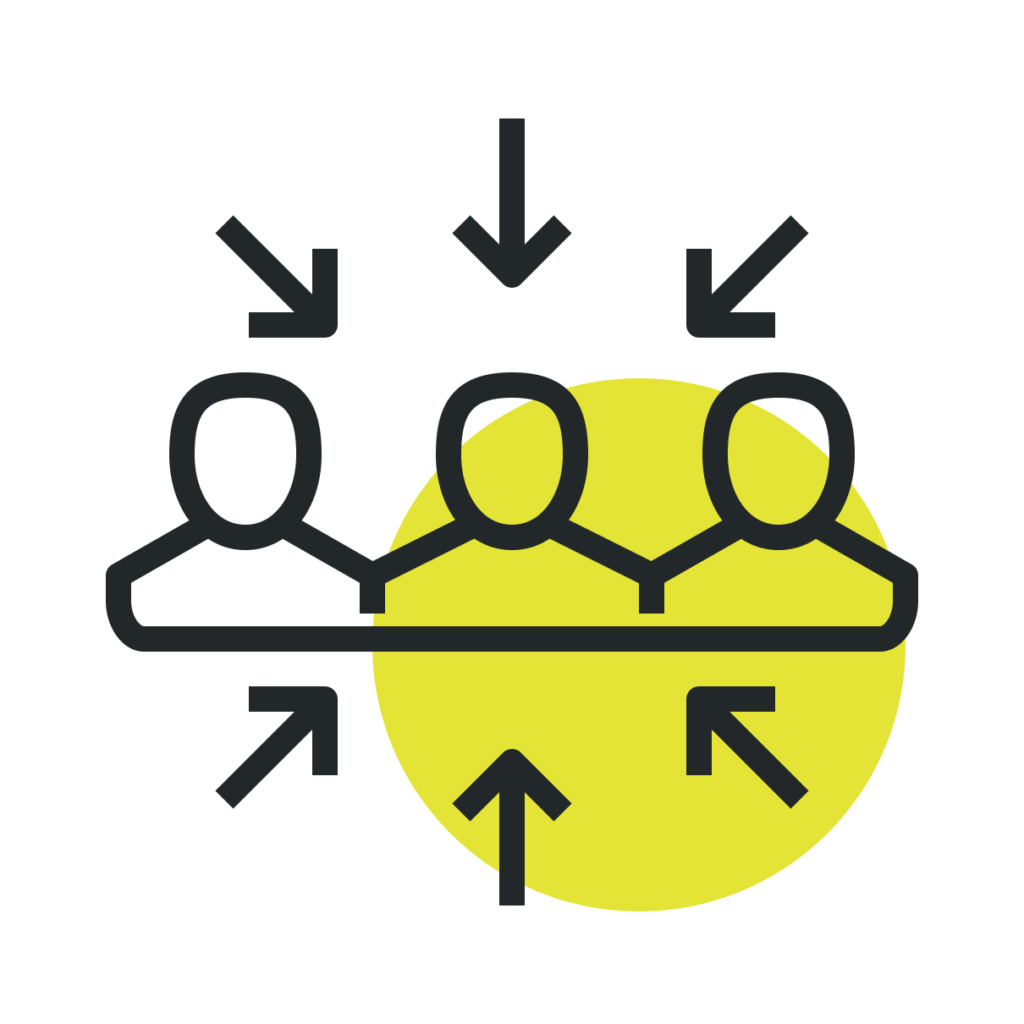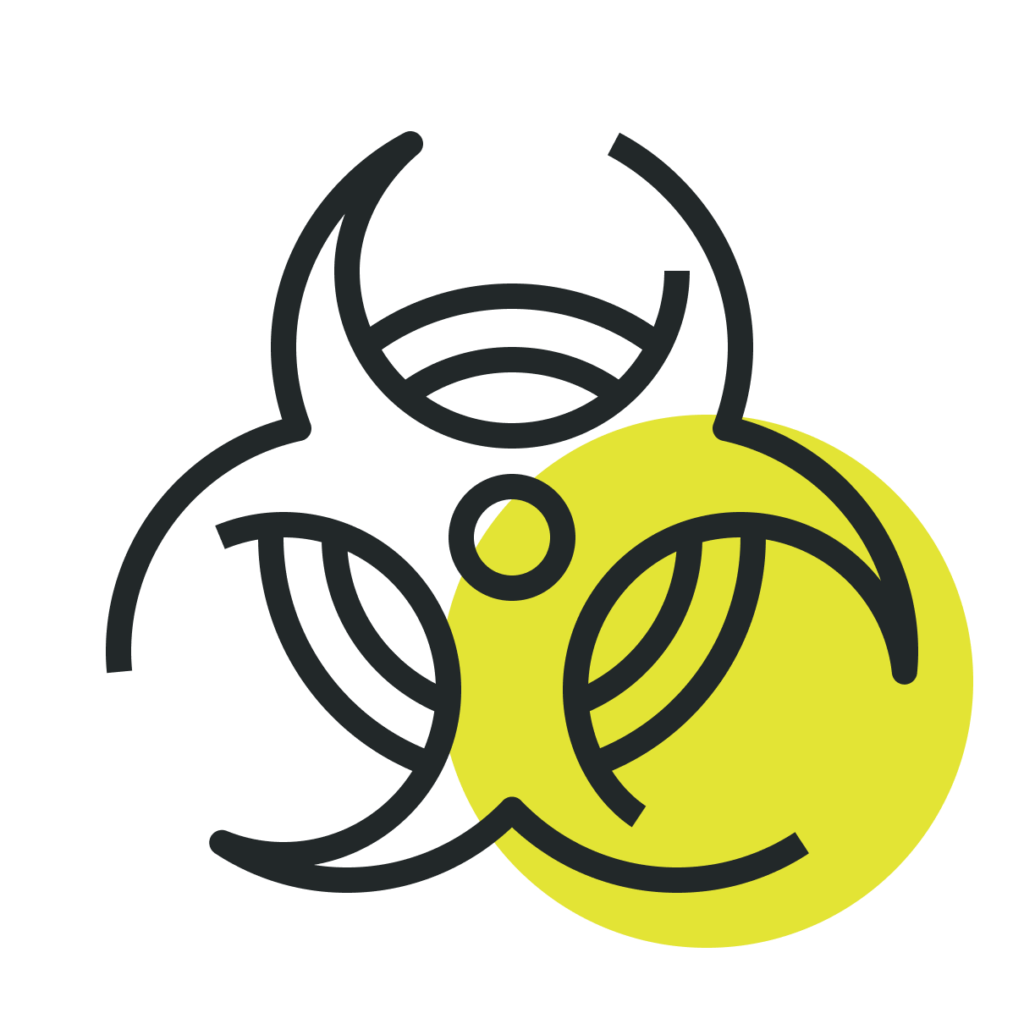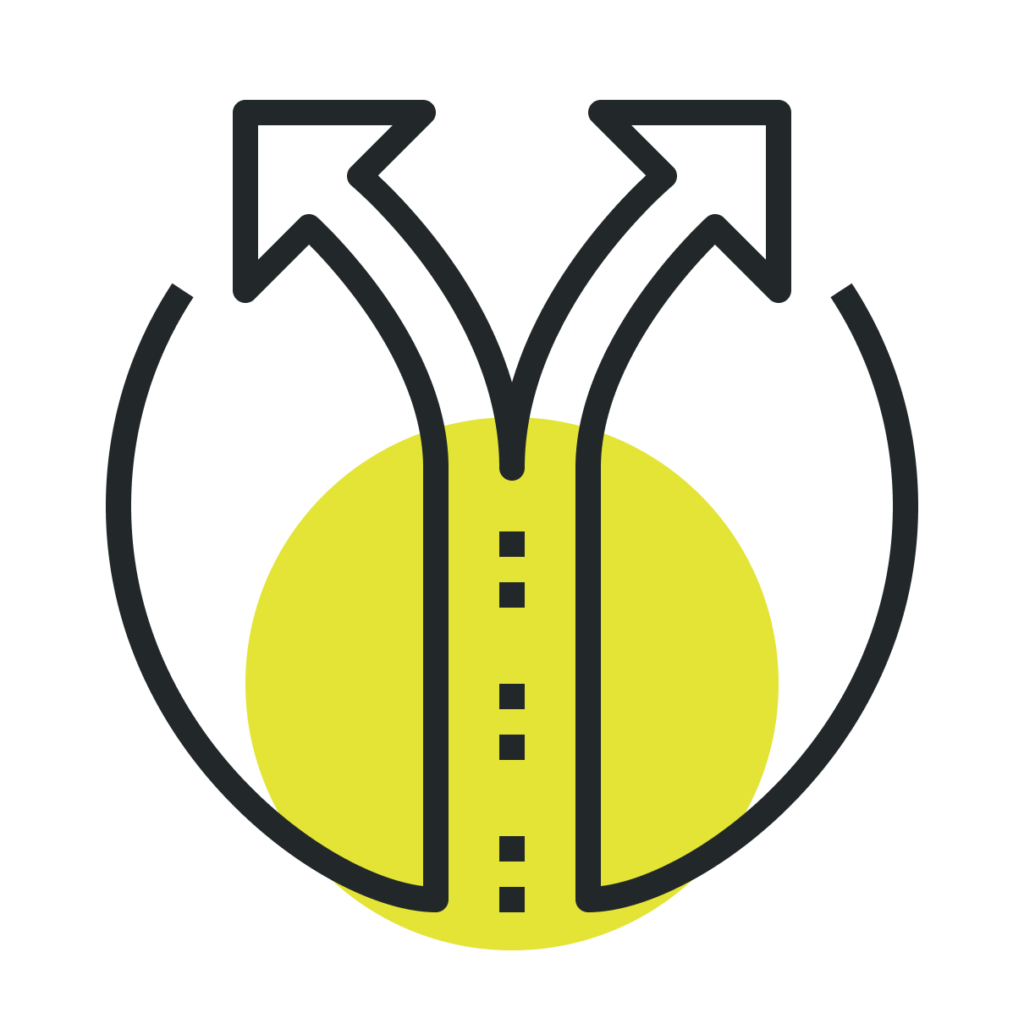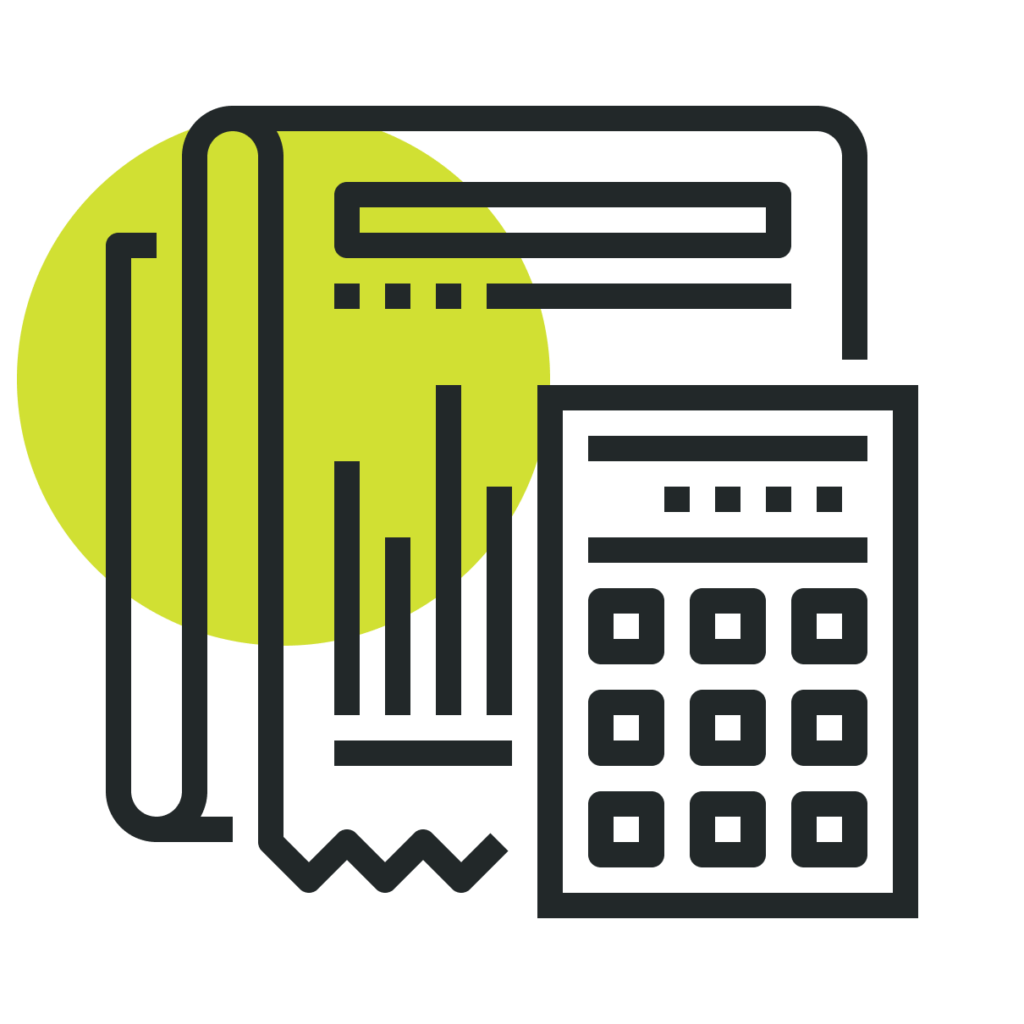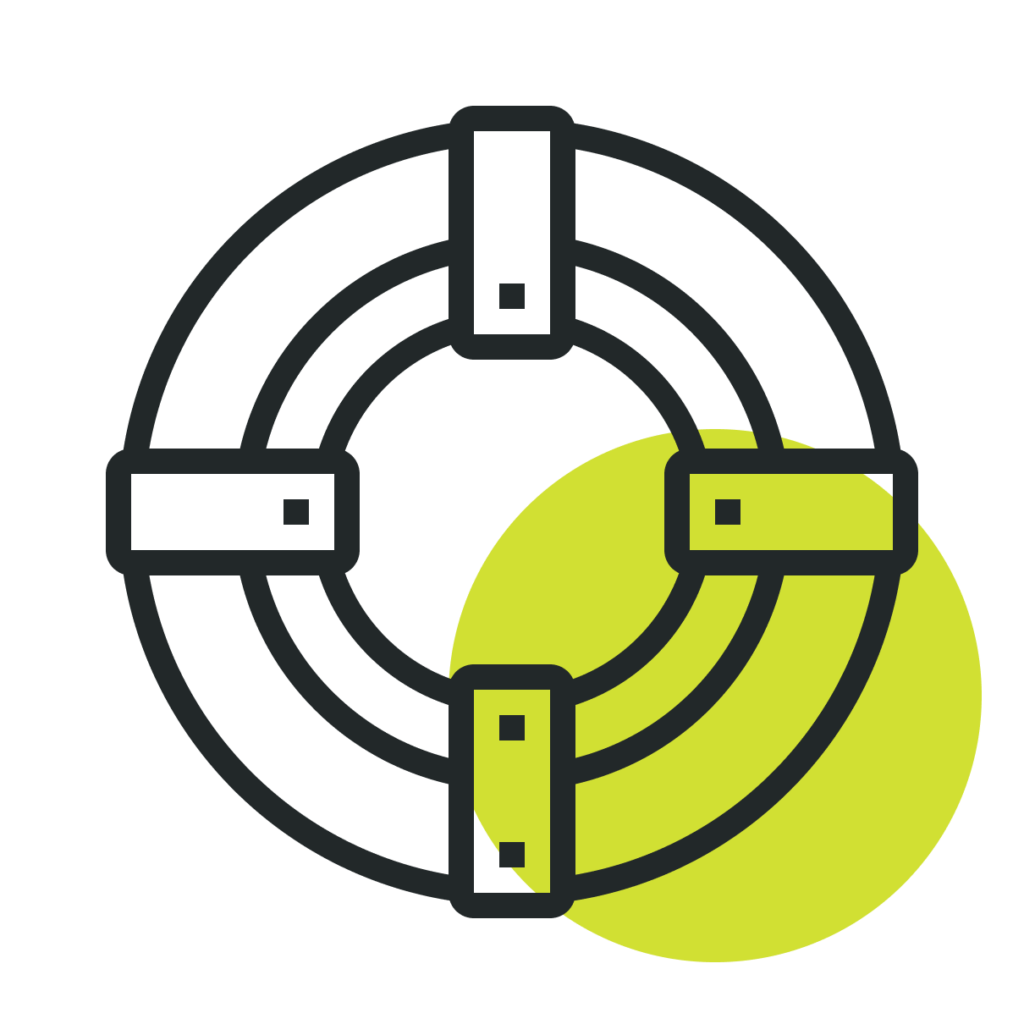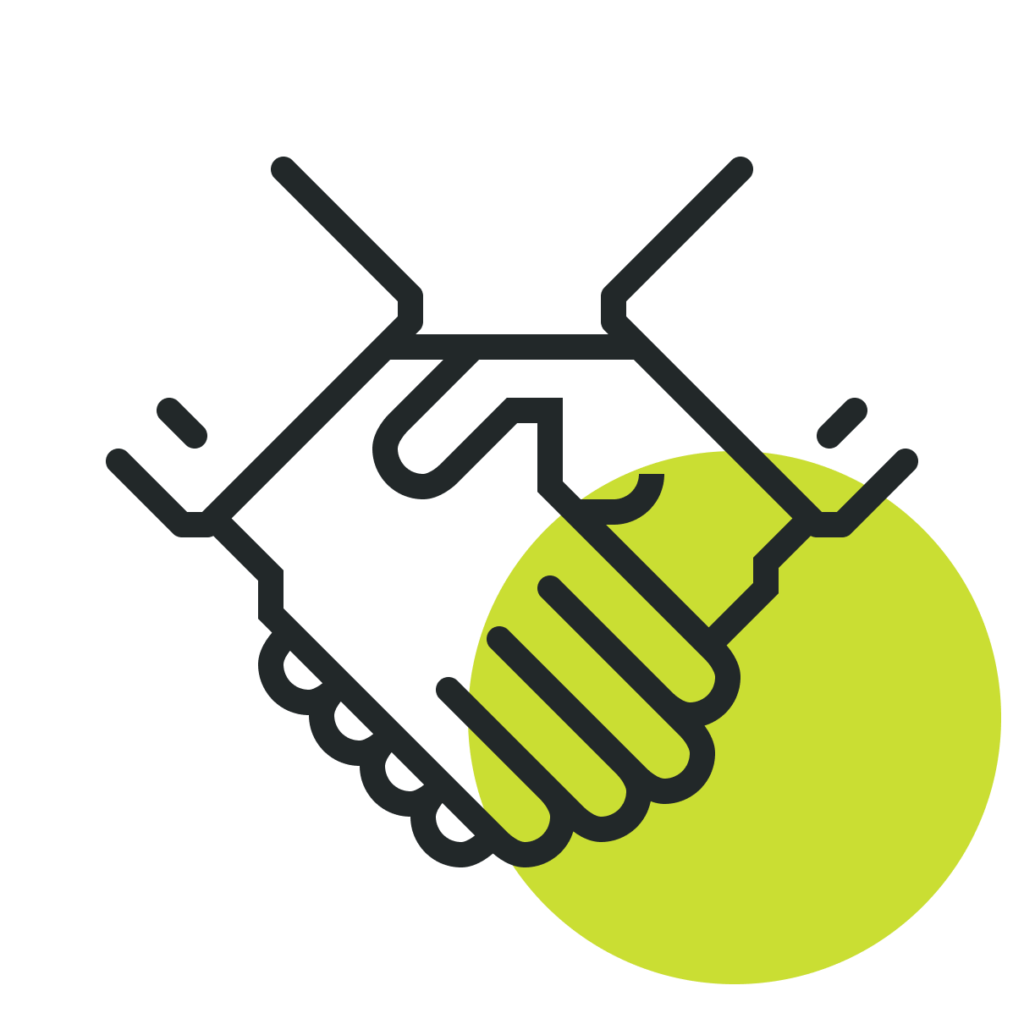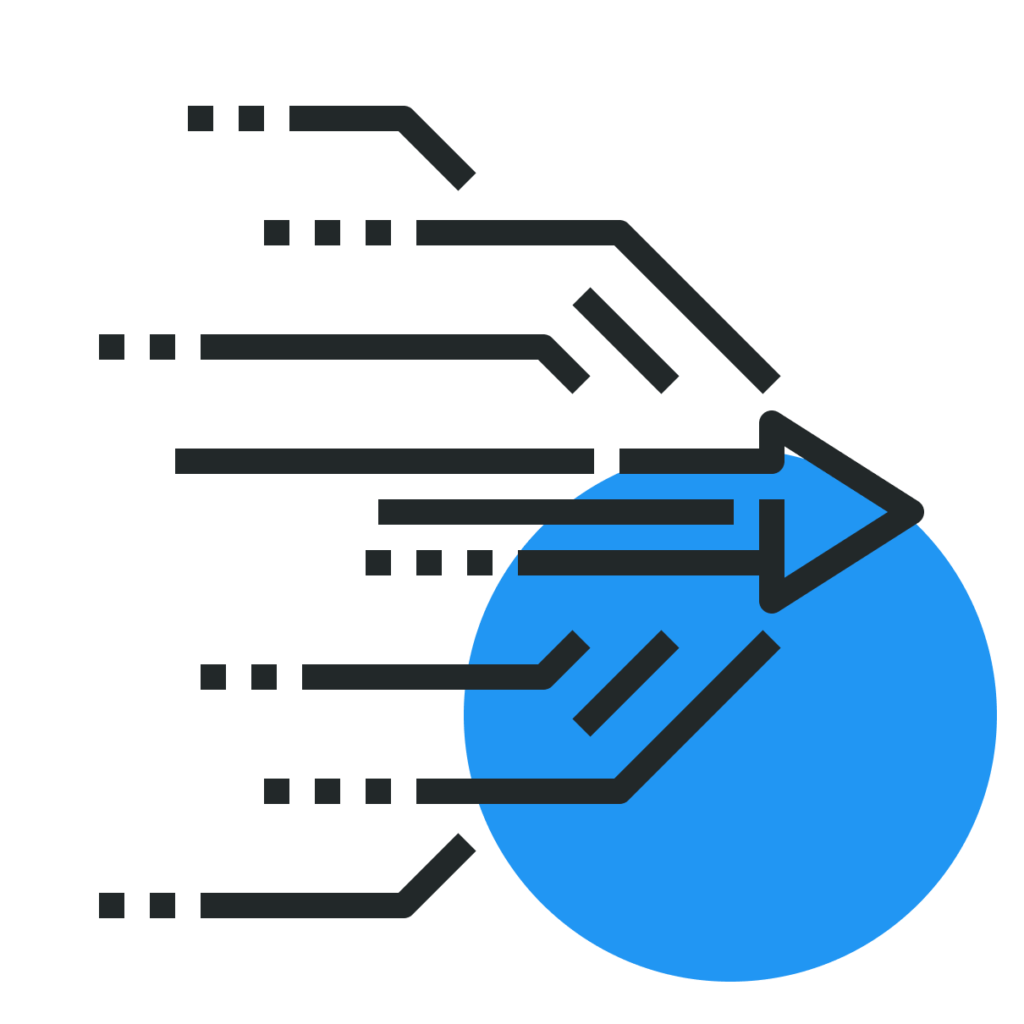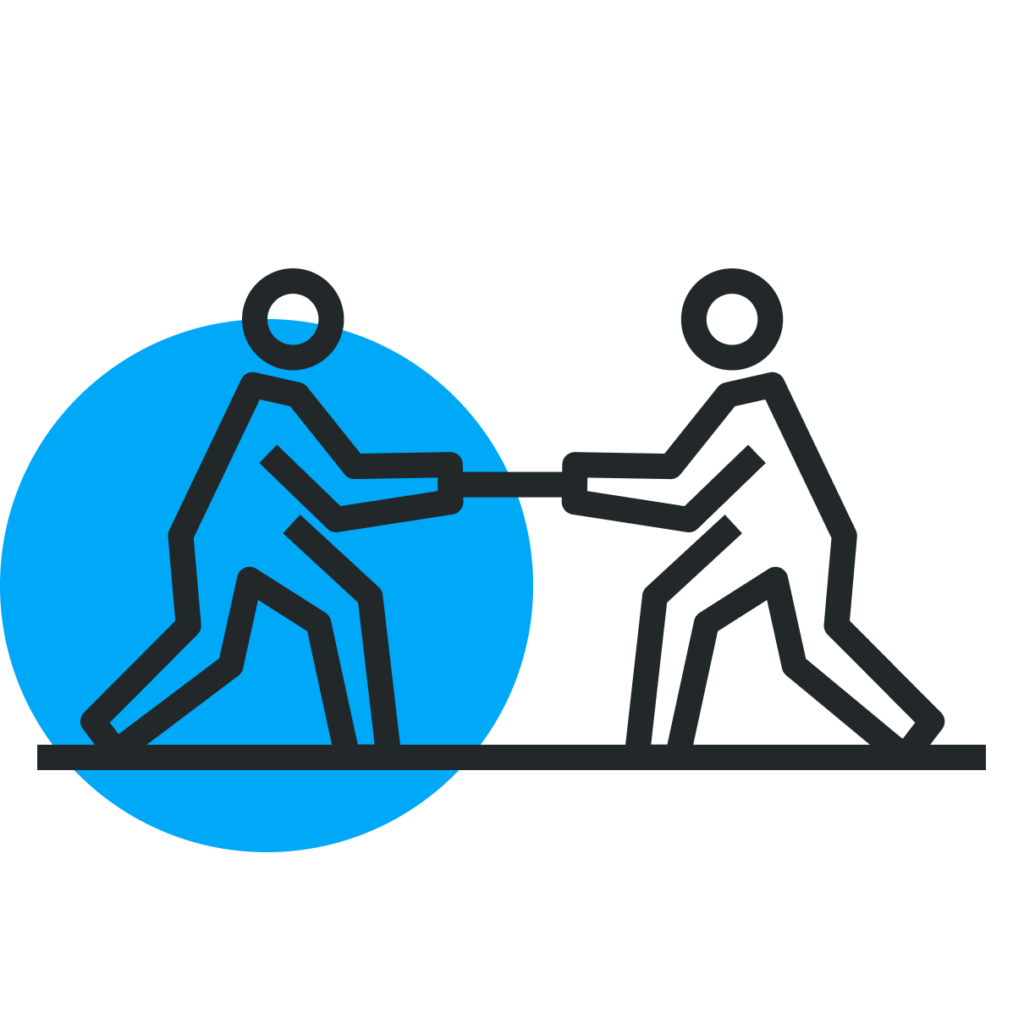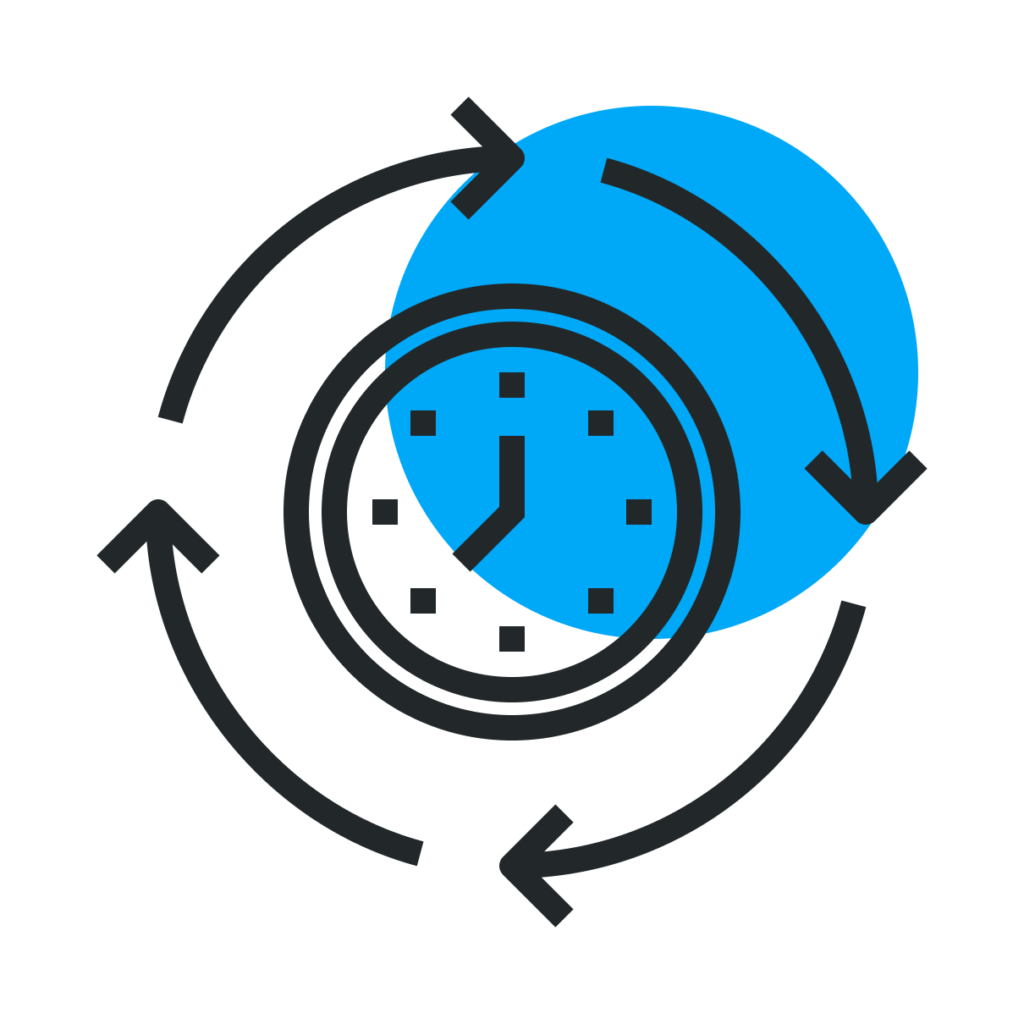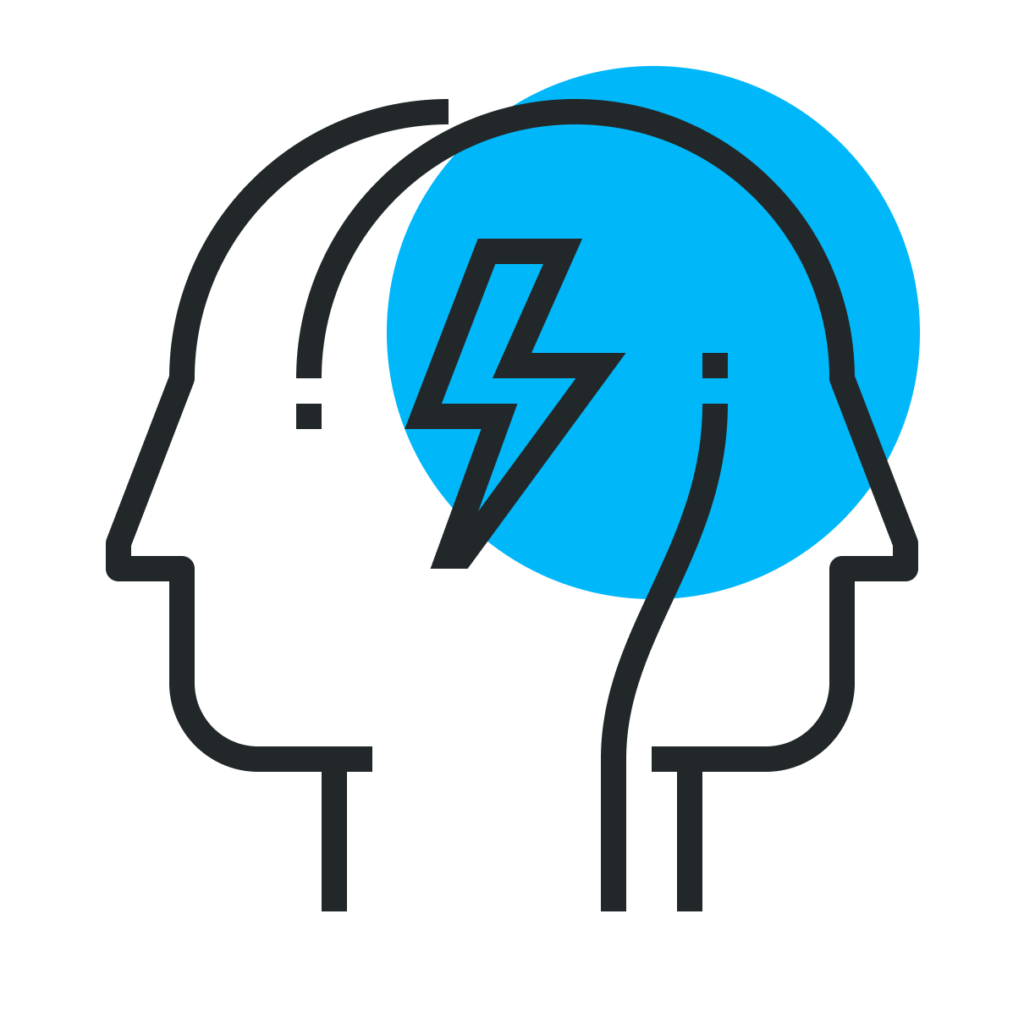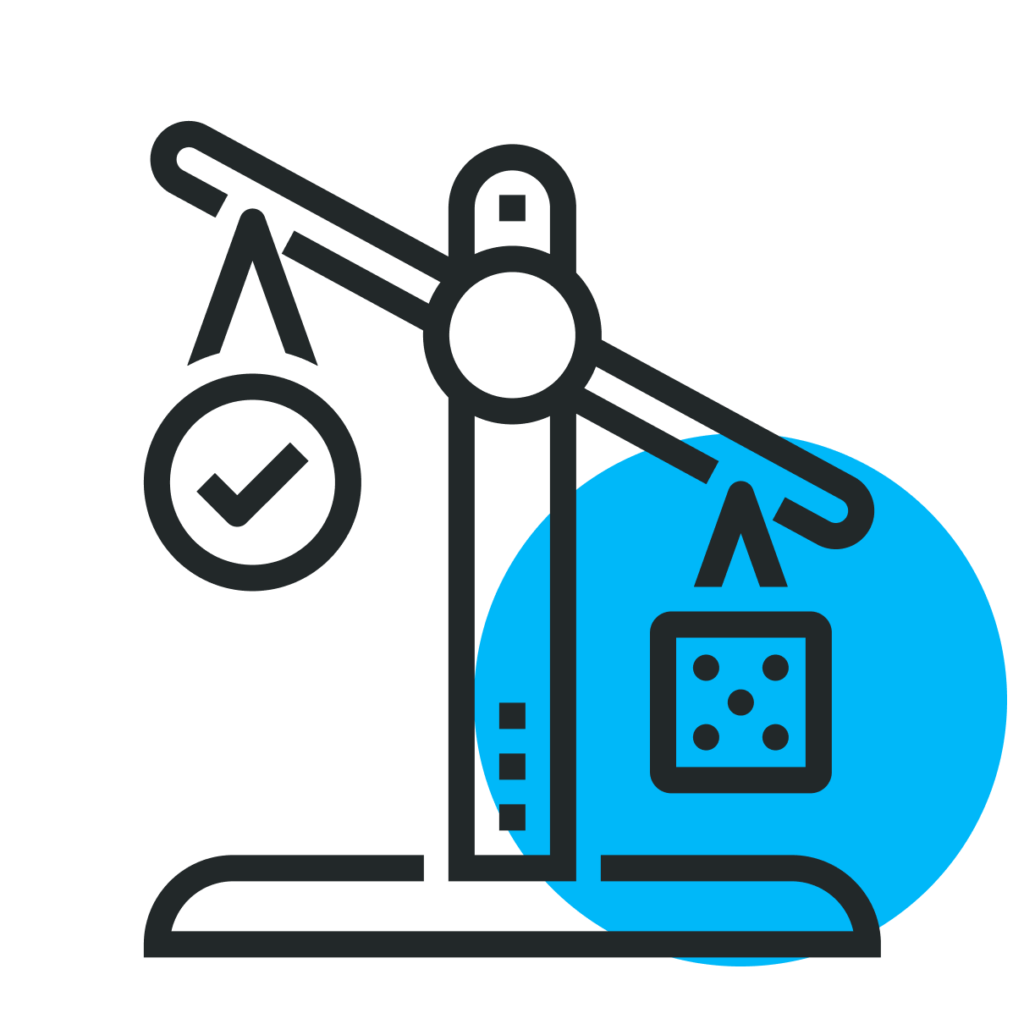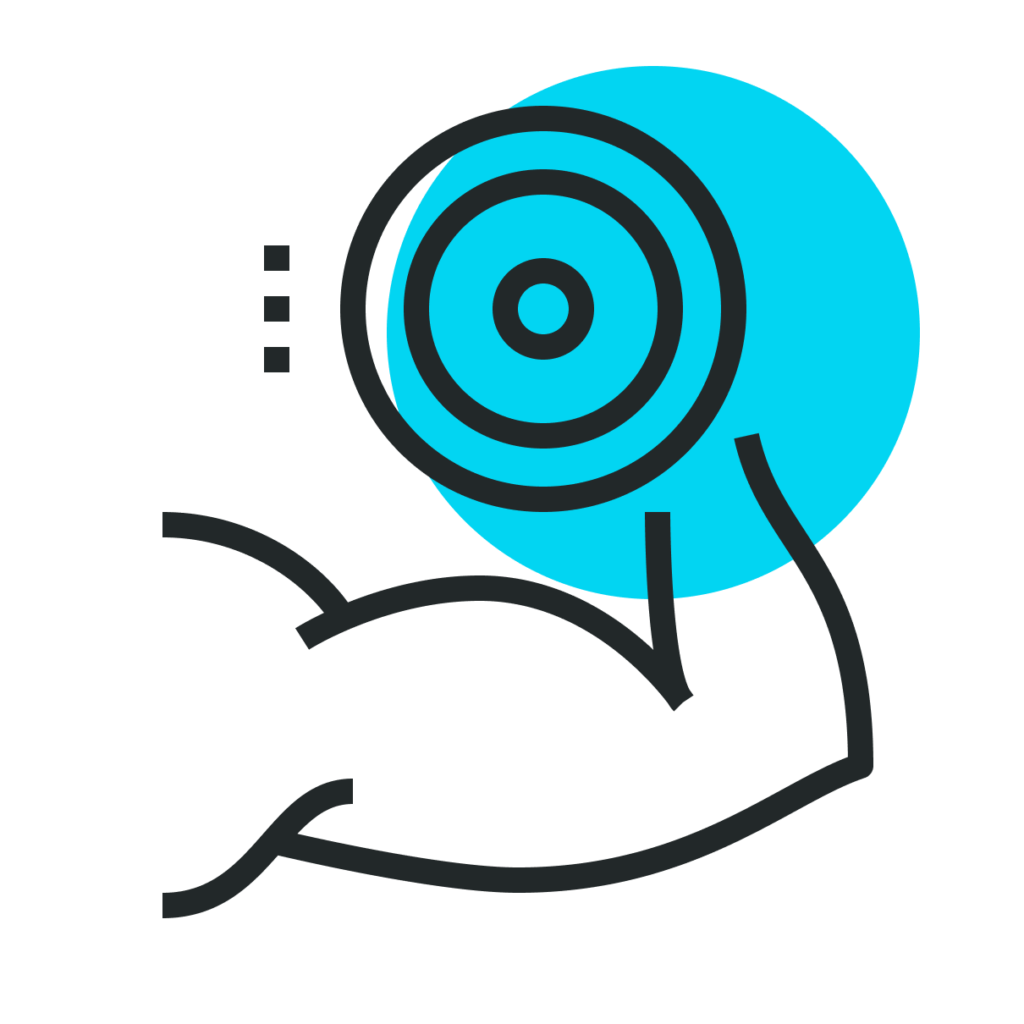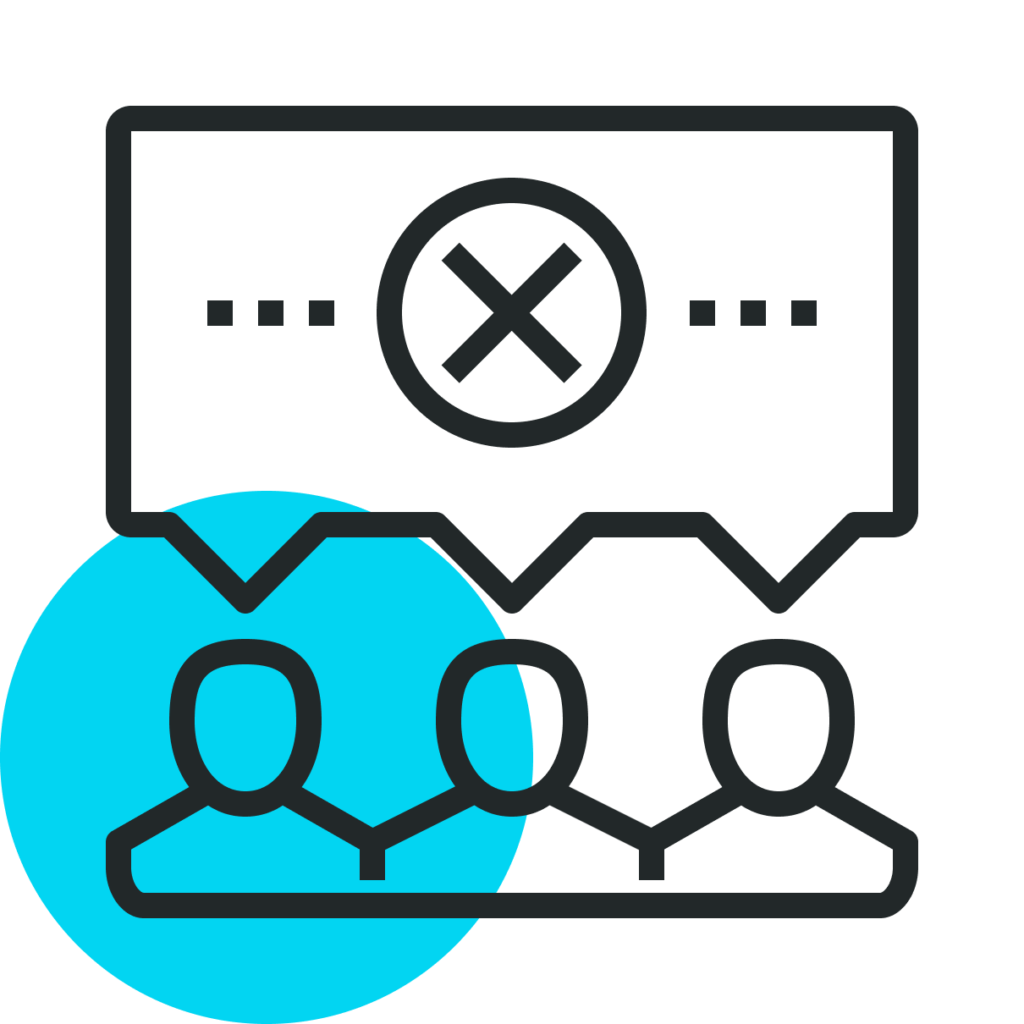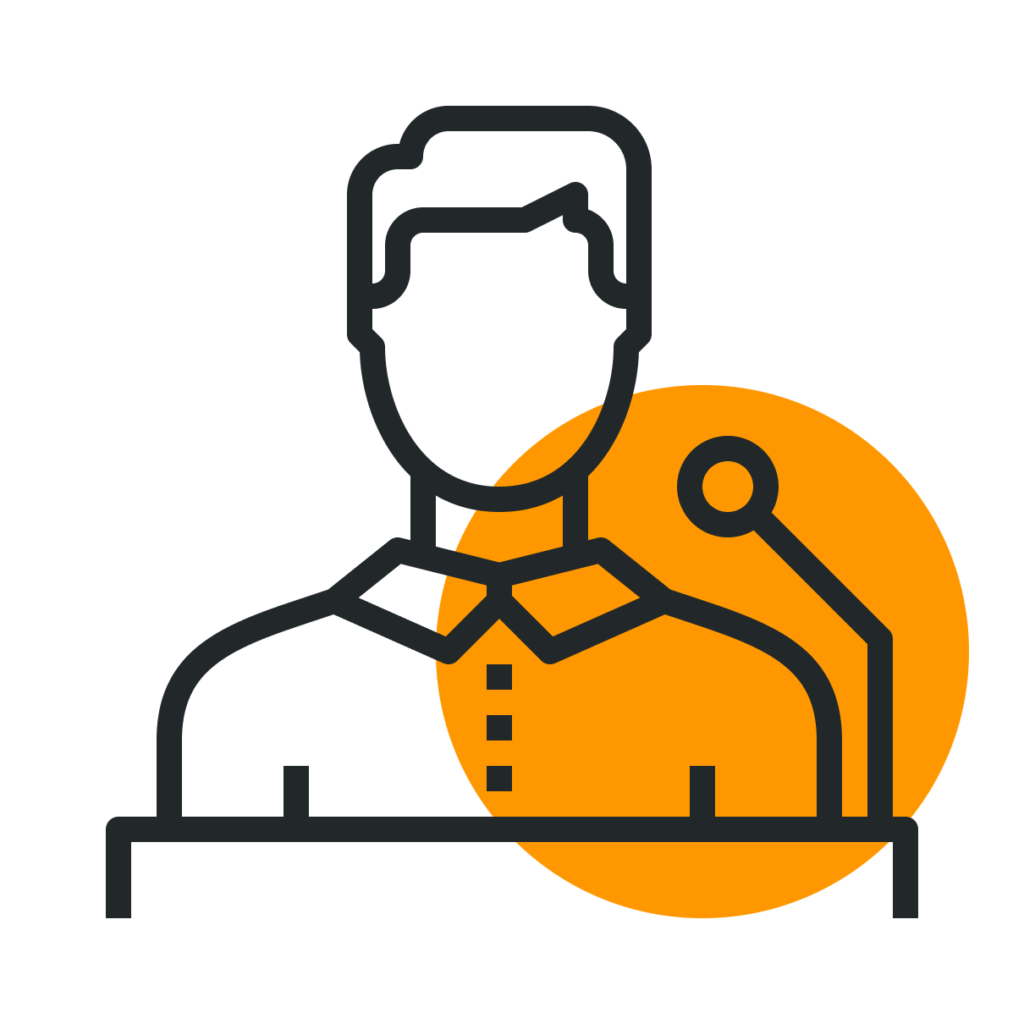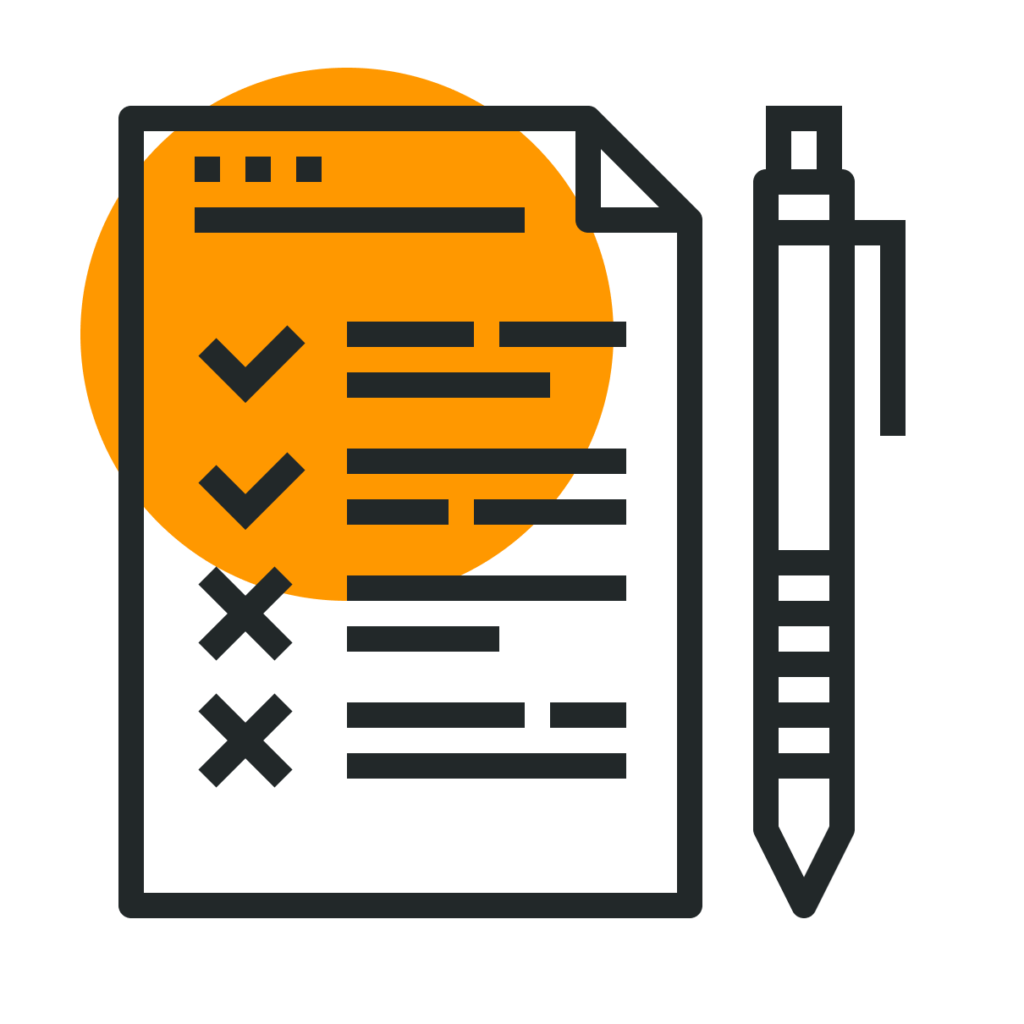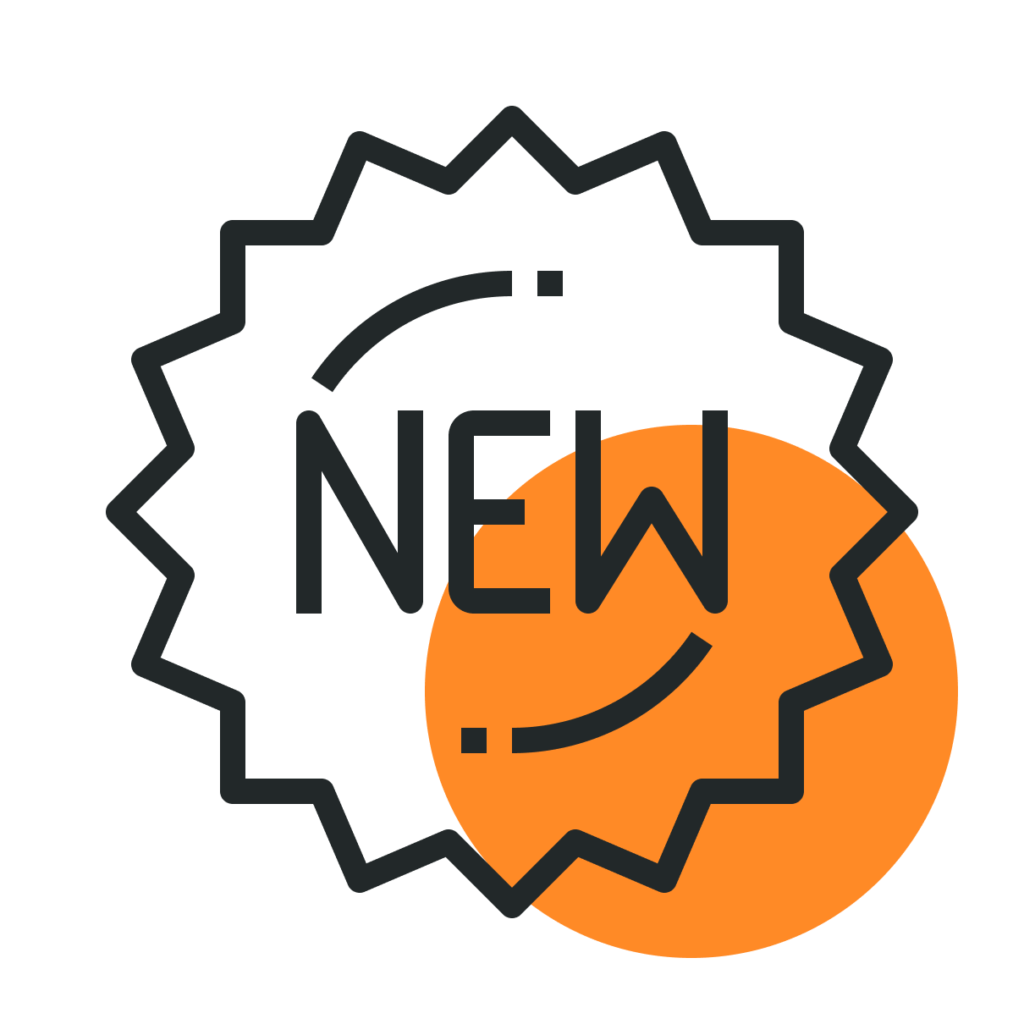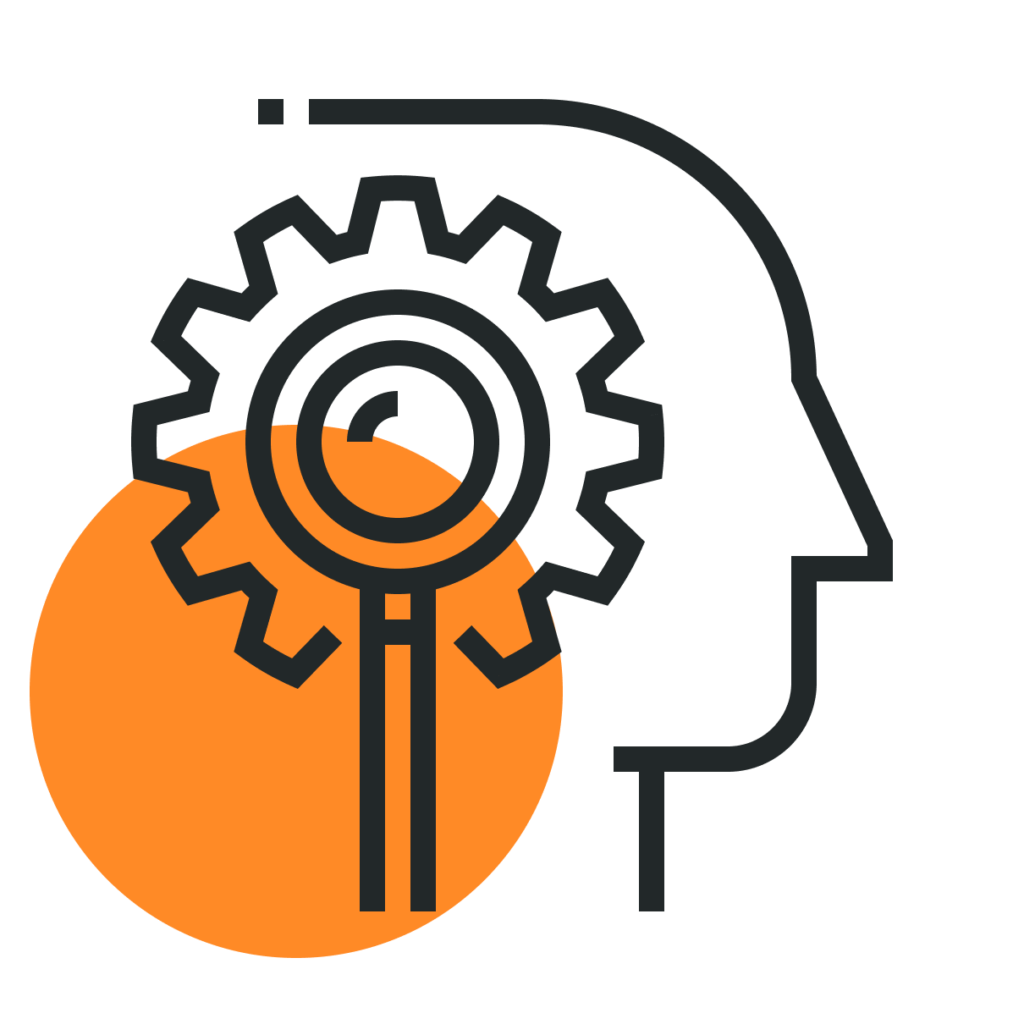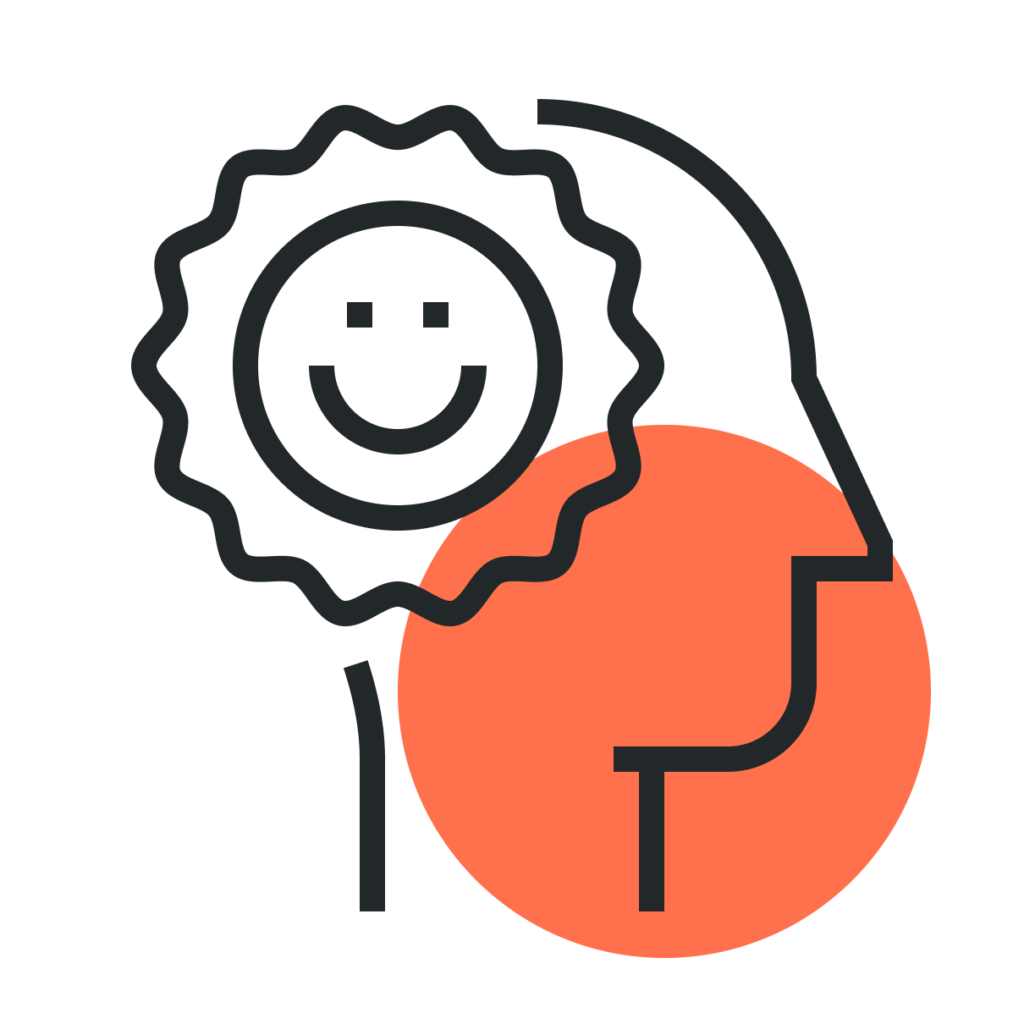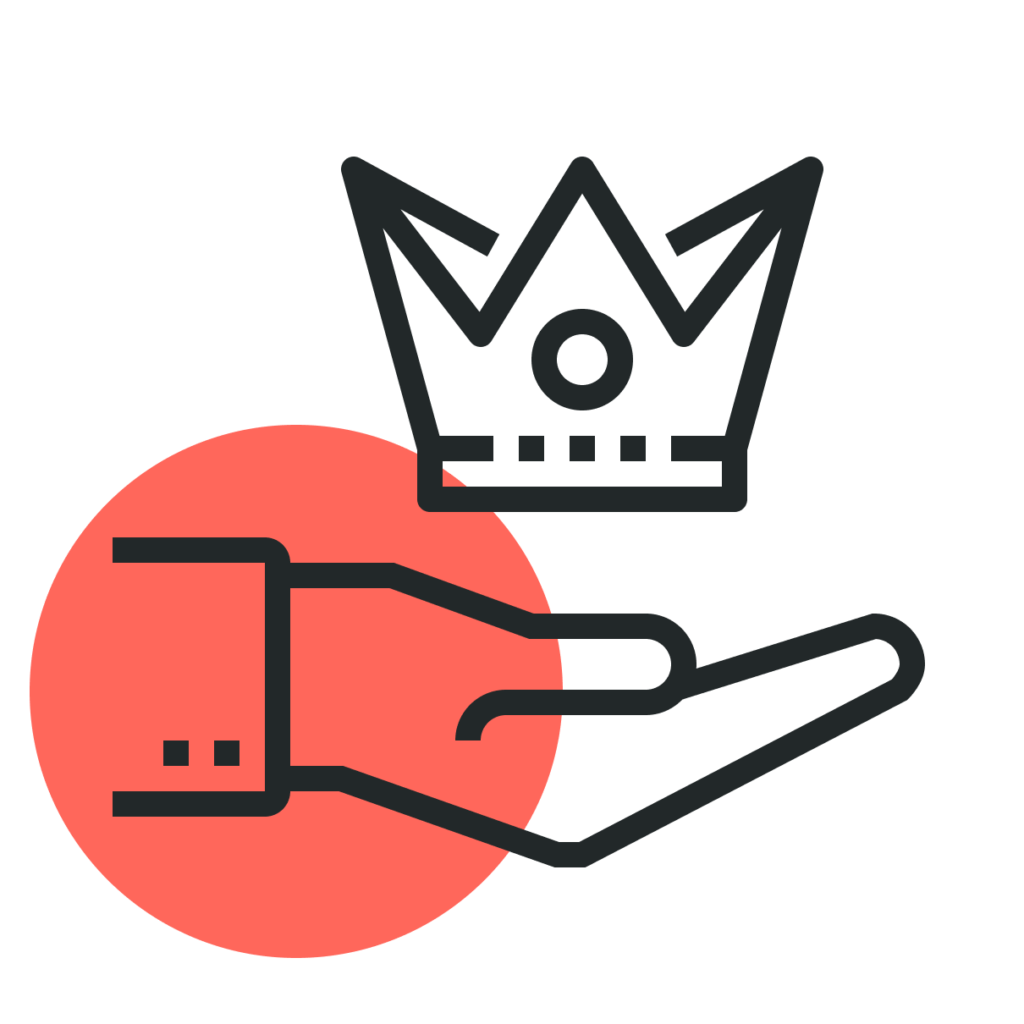
Peeking Behind the Curtain of our Subconsciousness
This comprehensive series explores the world of cognitive biases in technology and product design. Inspired by the Cognitive Bias Codex from Design Hacks, this series transcends a simple catalog of biases, turning them into valuable insights for UX designers, product managers, engineers, and the entire team.
Biases are almost impossible to avoid completely, but by understanding how they work and how they manifest themselves we can work to mitigate their effects on our daily work as a software team.
Each item below offers the bias’ history, a unique perspective on the bias, real-world examples, and key takeaways for various roles in the tech industry. Join us on this insightful journey, and discover how understanding cognitive biases can empower you and your team to to face these biases head on.
This list below is just the beginning. Each week we’re diving into a new bias, and there’s still lots to cover! Check back every Friday and you’ll get a fresh bias breakdown to explore. And if you’re really interested, follow along on on my notion doc.
Together, we’ll make our way through this fascinating maze. Sign up for the newsletter and never miss a single bias. We’re all in this learning journey together, and I’m excited to share each new piece with you as we go!

